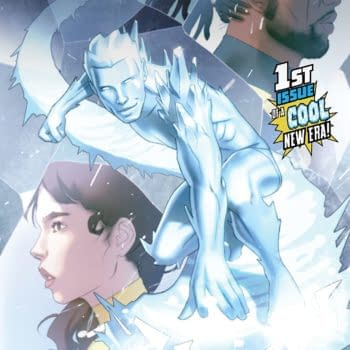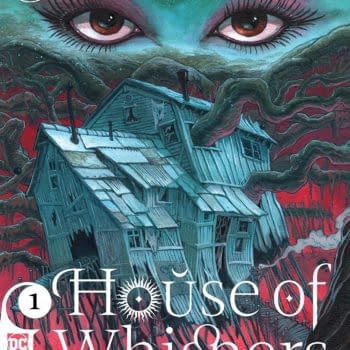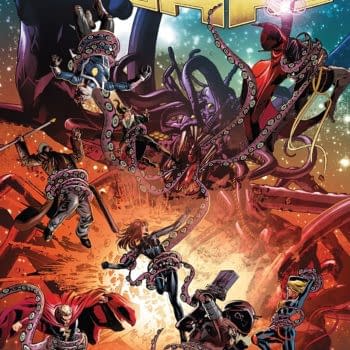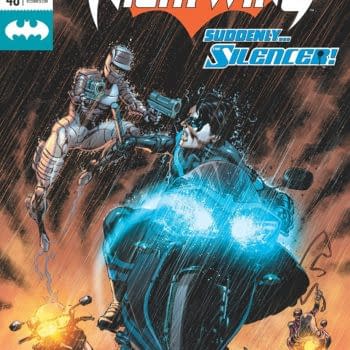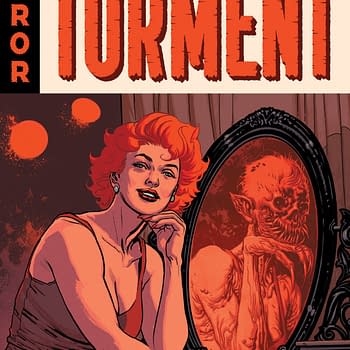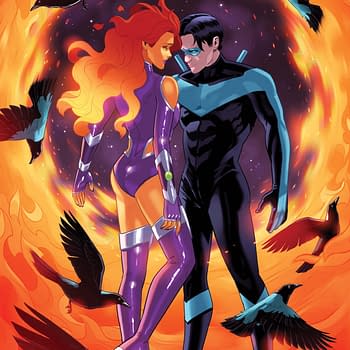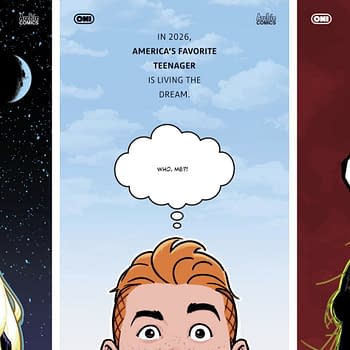Posted in: Comics, DC Comics, Review | Tagged: cecil castelluci, dc comics, justice league, magdaline visaggio, milk wars, Mirka Andolfo, shade the changing girl, superheroes, wonder woman, young animals
Shade the Changing Girl/Wonder Woman Special #1 Review: Defining Emotional Intelligence
The Shade Force serves at the behest of Wonder Wife, the most ideal female role model in the world. The Shade Force is made up of Haps, Blue, Fear, Love, and Red, each representing a single emotion (Haps is happy, Blue is sad, and Red is anger). When Wonder Wife and the Shade Force start having some emotional issues, the Hall of Moms starts to crumble. Haps has to figure out what is going on and if this is the way the world is meant to be.
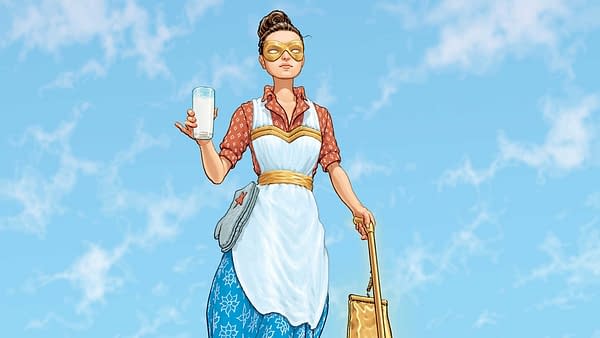
Shade the Changing Girl/Wonder Woman Special #1's narrative runs on a stream-of-consciousness plot structure. It fits the issue's focus on emotion and emotional balance. The disrupted emotional balance causes the narrative to shift forward, but it also brings Shade closer to the truth.
The "Wonder Wife" is supposed to be kept emotionally balanced and presentable at all times. Haps keeps her this way while the others of Shade Force display the less presentable emotions for her. Even then, Haps is the primary Shade that begins losing her own composure. This cleverly shows the impracticality and dangers of strict emotional restraint and how no person can be one thing at all times.
There is some commentary towards Wonder Woman as a feminist icon. While it doesn't strike down that idea, it does toy with the fact that Wonder Woman isn't applicable to all women. You can't codify an entire gender to the point where one character is what every member of said gender should strive towards. That is monumentally reductive and impractical, and this comic pays some lip service to that idea, if subtly.
Like Mother Panic/Batman before it, this special's commentary is far more functional thanks to how focused on a single idea it is. It has a specific concept to satirize instead of vaguely blanketing an entire period-based subculture. I'm still looking at you JLA/Doom Patrol.
The biggest shortcoming of the comic is how shallow the conversation between Shade and Wonder Woman is at the end. Both have been freed from their metaphysical shackles, and Diana validates Shade. That is a warm moment, but they don't connect beyond that. Ironically, they're still reduced to ideas: Wonder Woman being the traditional heroic icon and Shade being the funky weirdo rebel.
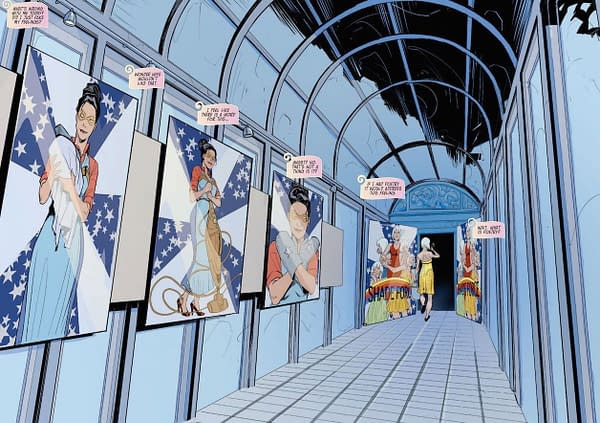
Mirka Andolfo's artwork brings a defined yet soft aesthetic to the world of the Hall of Moms. It visually jives with the themes of flexibility, emotional intelligence and vulnerability, and the quality of coded-feminine traits. It also just looks really damn good. Marissa Louise brings a somewhat pastel color art to match the venire of the world created to hold Wonder Woman and Shade. It also lends itself to drastic changes as this false world begins to crumble.
Magdeline Visaggio and Sonny Liew's back-up story starts to coalesce in a meta-textual story about reboots and redesigns. It takes a truly interesting turn this issue.
The Shade/Wonder Woman Special #1 brings an engaging and bizarre tale of emotional balance, intelligence, and control. The stream-of-consciousness flow gives it a unique and strange pacing that ties into its themes very well. The art is good to match, and its backup story takes an interesting turn. This one is definitely recommended. Check it out.


